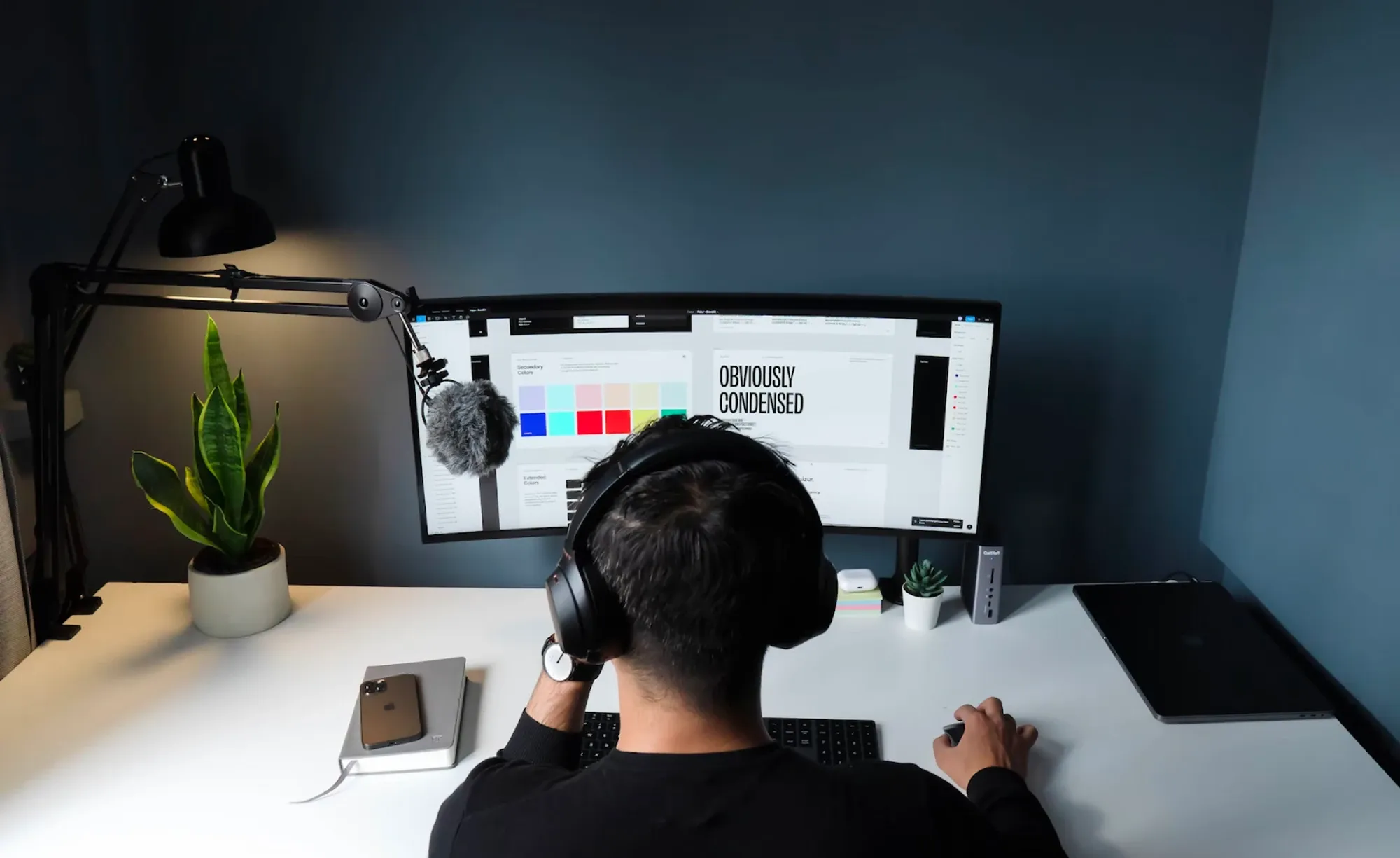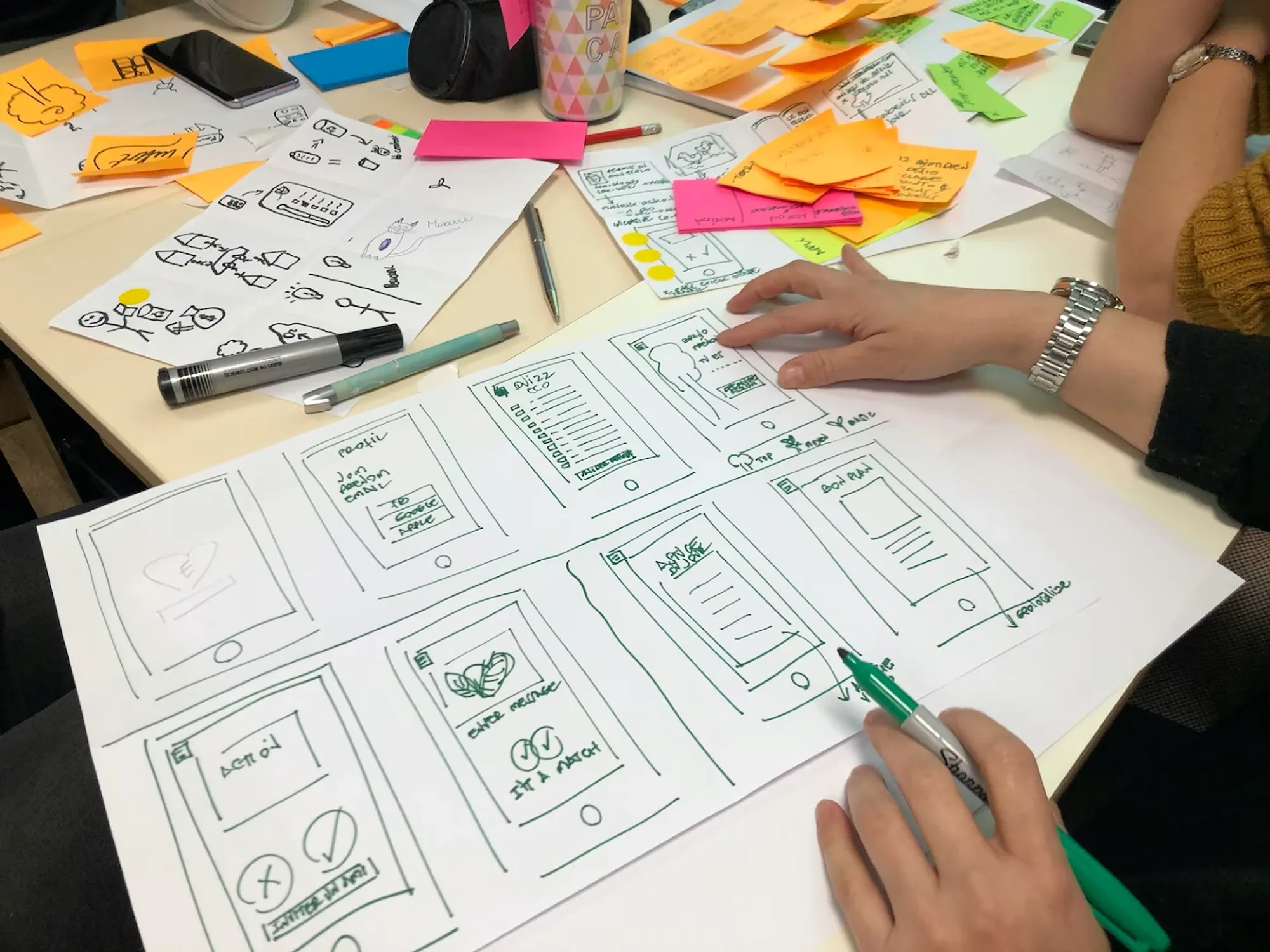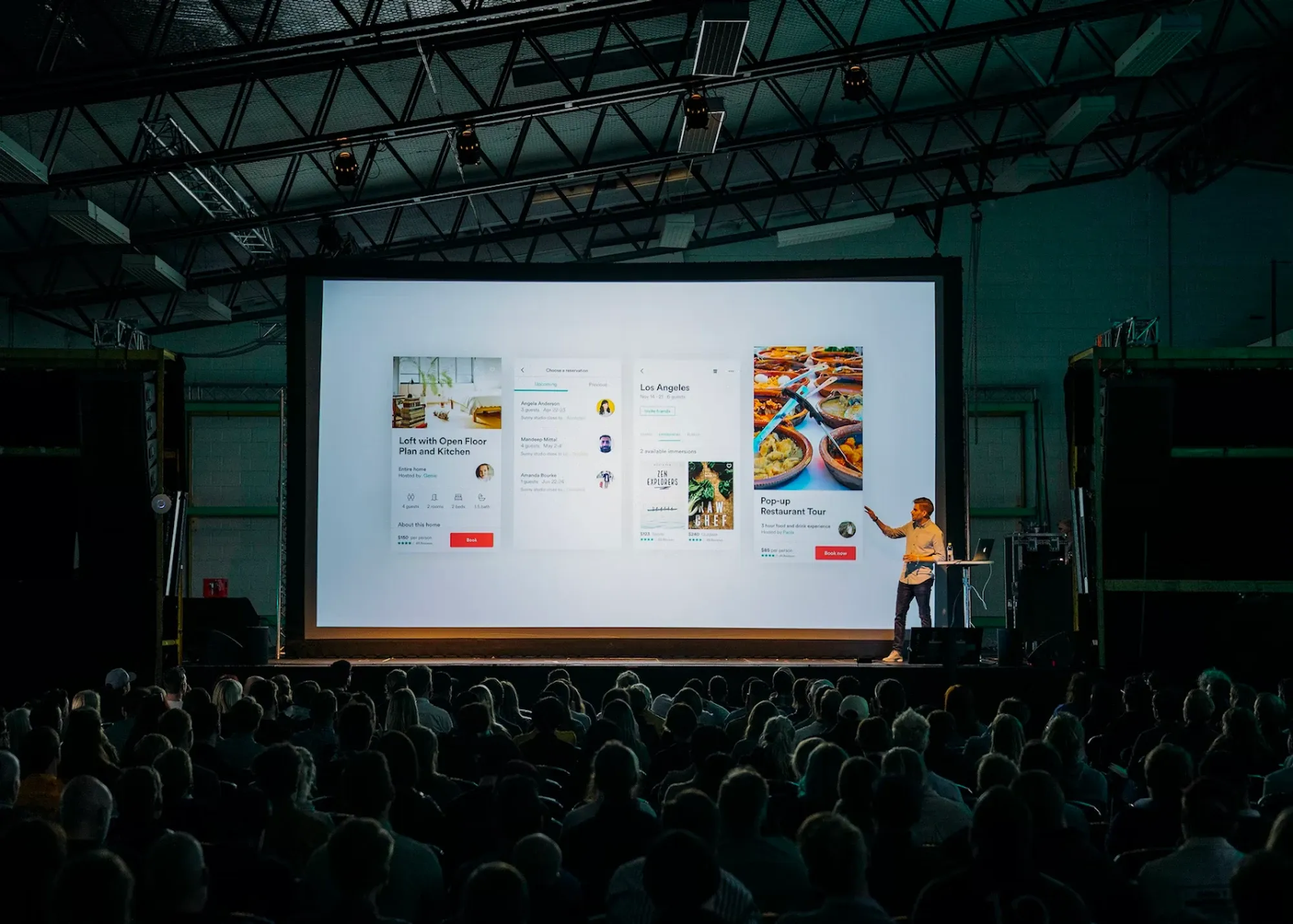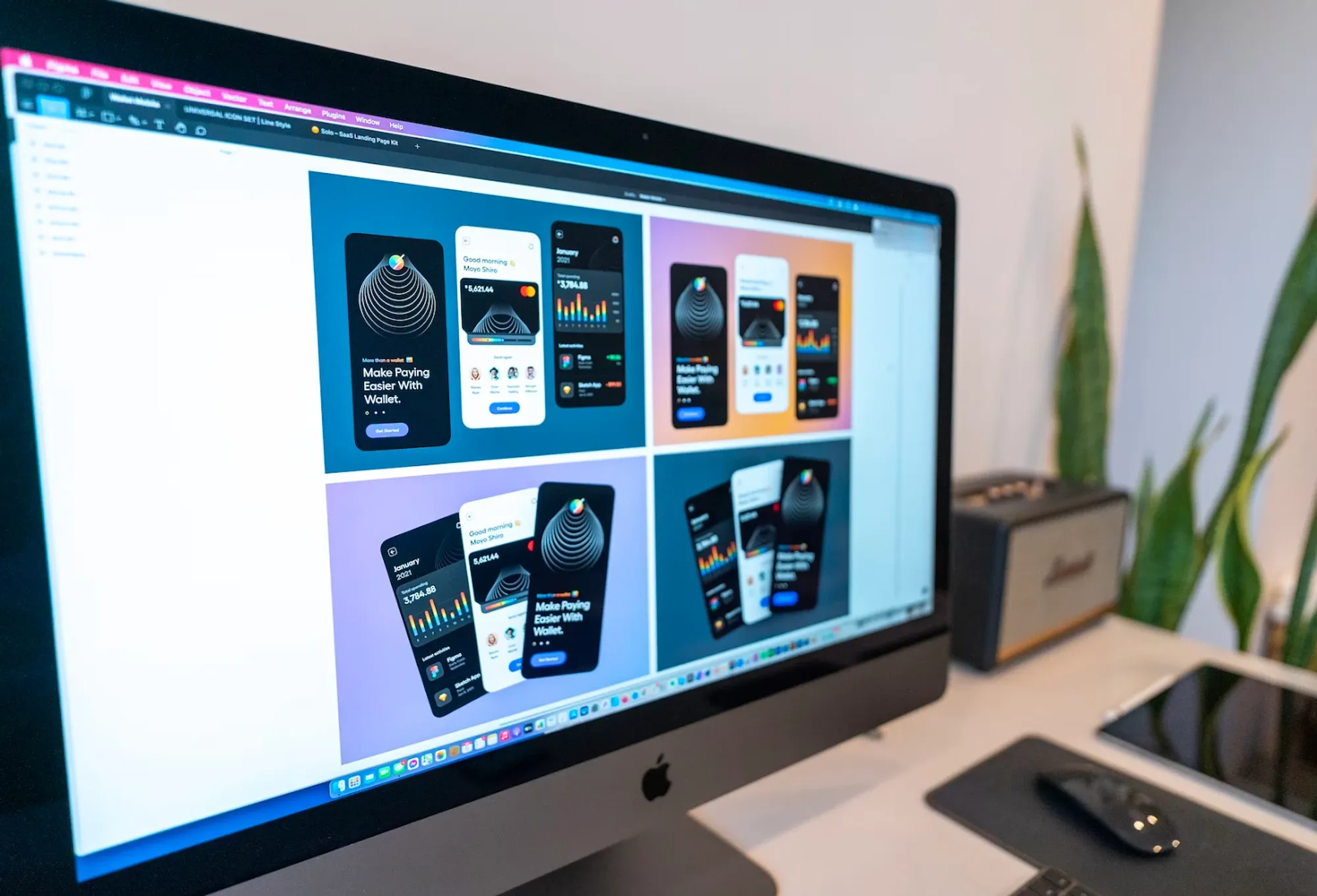
10 Things to Know Before Kickstarting Your UX Design Career

Image from Unsplash
Congratulations! You’re getting ready to take your first steps in the exciting, challenging, and potentially lucrative field of UX design. You should be feeling quite optimistic (and rightfully so), but at the same time, you’re probably feeling a bit nervous and stressed. That’s perfectly normal.
There’s a lot to keep in mind: benchmarking, website findability, the design process, and information architecture - not to mention the testing: A/B testing, prototype testing, mobile testing, and user testing. But you don’t need to go it alone. UX designers are generally good people and are happy to share their experiences and feedback that you can learn from.
Is UX design for everyone?
If you’ve read up on UX, you’ve probably asked several questions. Do you love the visual aspects of physical and virtual products? Would you be interested in A/B testing certain prototypes to find what suits a client’s or consumer’s taste? Or maybe you are someone who loves to chisel the edges of a design or brand to match the public’s interest?
In this short article, we’ll be taking a look at ten things you need to be aware of before starting on your journey as a UX designer. The list is not exhaustive, but it should provide you with the basic building blocks for you to start off on a solid foundation.
10 Things To Know Before Starting a Career as a UX Designer
1 - There’s A Steep Learning Curve - Prioritize Jobs With Learning Opportunities
Not all UX design jobs are created equal - and there is quite a big discrepancy in the compensation you can expect to receive. Your instinct might be to favor jobs that pay the best, but when you’re starting out, that strategy might not be in your best interest.
There’s a steep learning curve in UX design. And the more you learn, the more choices and the more opportunities you’ll have down the road. Instead of starting out looking for jobs with the largest compensation packages, consider favoring jobs that offer you the greatest opportunities to learn, grow, and develop your UX skills.
While university and college is the most common stepping stone for building relevant skills, online courses through Teachable, Udemy and Course have become more than sufficient to fortify one’s skills with the right knowledge. While it does not necessary qualify a full-scale UX designer with a diploma, within the timeframe of an online course, an applicant can learn much more and much faster.
2 - Don’t Get Attached to Any Particular Set of Tools
It’s perfectly natural to favor some software over others, to prefer a certain set of tools over others. However, the more tools you are familiar with, the more opportunities you’ll have down the road.
Some companies or clients will insist you use pre-determined software or platforms. If you aren’t willing to adapt to different tools, you’ll be limiting yourself on which projects you can work on or which clients you can work for.
In most startups, SME’s or agencies Adobe, Illustrator and Figma are the most common tools to design certain visuals.
While it’s perfectly natural to have your favorite software, know that some software packages are better suited for specific aspects of UX design. For example, the best tools for user testing might not necessarily be the best tools for mobile testing. The more flexible you are, the more opportunities you’ll get, and the better you’ll be at UX design down the road.
3 - Get Familiar With Agile
Agile refers to a set of principles and best practices that enable a creative team to collaborate and respond to change more easily and effectively. When used in the context of software development, Agile is a framework that adheres to The Agile Manifesto.
Being familiar with the terms and practices of this framework will not only give you more job opportunities (as Agile is a common requirement or preference expressed by hiring managers, clients, and recruiters), but it will also give you a head start on getting on the same page with the people you will be asked to collaborate with.

Image from Unsplash
4 - Get Familiar With Both iOS and Android Design Guidelines
You may favor iOS over Android (or vice-versa). However, your clients and/or the companies hiring for a UX designer may be of a different opinion. The truth of the matter is that in order to land the best jobs and grow in the industry, you will need to be familiar with both kinds of design guidelines.
Some of the differences include:
- Screen sizes
- Units of measurement
- Fonts
- Shadows (elevation)
- Terms
Most UX designers (especially those just starting out) will say that iOS design is easier and less time-consuming than Android. So, it might be a good idea to start there. But don’t put off learning Android for too long.
5 - Get Involved in Designer Communities
UX design is an exciting field, and the people involved in this creative pursuit are overwhelmingly positive people who are happy to share their experiences and tips that can be especially helpful to someone just starting out.
There is no need to go it alone. Get involved in online UX design communities.
Some of the more popular platforms and corresponding online UX design communities include:
- Slack
- Designership
- Designer Hangout
- Mixed Methods
- Mind the Product
- HCI/UX Mentoring Circle
- User Interviews
- UX Beginner
Additionally, all the top UX software tools and platforms have resources (most of them offered for free), which can prove to be good for learning tips on the trade and staying up-to-date on the latest trends.
6 - Don’t Take Criticism Personal - Develop a Thick Skin
You are going to need to rely on feedback in order to grow and improve in your craft. this is true not only for beginners but for UX designers at all stages of their careers. In the vast majority of cases, the person giving feedback will be doing so because they sincerely want to be helpful, although not everyone has the skill set required to give constructive feedback in an encouraging and easy-to-take fashion.
It’s important not to take it personally. In fact, if you stop to think about it, in most cases, the person giving you feedback doesn’t know you personally. But when we take pride in our work, it’s difficult not to get upset or frustrated when it is criticized. Knowing how to take criticism in stride is a skill - and one we can always improve on. Offering feedback on other people’s projects will go a long way toward helping you know how to take feedback when it is directed at you. It’s a two-way road - and one with quite a few bumps and curves. Develop thick skin and keep your chin up.
7 - Include the Process in Your Portfolio
You are no doubt aware that you need to continuously grow and develop your portfolio of projects you’ve worked on. But what’s important to keep in mind is that your portfolio shouldn’t consist exclusively of the finished results. Clients, companies, and recruiters are just as interested in the process that leads to the result as they are in the finished result. In fact, in many cases, it’s the process that they care about most.
Take photos and screenshots; document your work as you go. Your portfolio should give clients and recruiters a good idea of how you work just as much as what you work on.
8 - Stay Up to Date on Market Trends (New Tech and the Job Market)
In the grand scheme of things, UX design is a relatively new field. And it has undergone a tremendous amount of change since its inception in the early 1990s. Because it's a tech-intensive industry, we can be sure that UX design will continue to undergo change and, most probably, at an ever-increasing speed.
Being a part of online UX design communities and checking in on UX design blogs is an excellent way to stay updated on the latest trends. Attending networking events and putting yourself out there is a way to get word-of-mouth referrals for future employment. UX360 Summit, UX Live Conference, and UX Copenhagen are popular UX conferences.
But it’s also essential to follow the trends in the UX design job market. Online job portals are ideal for this step. Lensa is the best job search platform for getting a UX Design job start. With lensa, you can get a detailed view of what your dream company is looking for in terms of skills and be able to tailor your resume accordingly. It’s worth keeping your job alerts to monitor changes and trends in the UX design job market.

Image from Unsplash
9 - Don’t Neglect Your Communication Skills (Including Public Speaking)
UX design isn’t only about user testing, website findability, and information architecture, but it also involves explaining those concepts to the client - not to mention walking them and your colleagues and superiors through the process. A successful UX designer is an effective communicator. This includes both oral and written communication - and even public speaking, as you will undoubtedly be called upon to give presentations.
The greatest pay-off with communication is the ability to network. Networking is usually hailed as the secret doorway to any industry. While it’s easy advice to give, it is perhaps one of the hardest strategies to actually implement.
In reality, not everyone feels confident or extroverted enough to enter the networking space. Especially if you don’t yet consider yourself an advanced or intermediate UX designer, you might feel somewhat apprehensive about stepping into a room full of experts. On the bright side, this doesn’t have to be the case, since networking comes in all shapes and sizes. It can mean a learning curve or the chance to mingle with a more junior group of designers.
If you are uncomfortable with public speaking or giving presentations, know that this part of the UX design job is pretty much unavoidable. the good news is that effective communication is a skill that can be learned. As part of your continuous training, in addition to new platforms and software packages, don’t forget to also include communication and public speaking.
10 - Don’t Expect Miracles Straight Away - The Job and Your Work Will Get Better
Successful UX designers are known for their extreme attention to detail, their drive, and the pride they have in their work. These are all positive attributes and should be encouraged. However, the other side of that coin is that when the work doesn’t quite live up to the lofty expectations, we place on ourselves, there is a tendency to get discouraged and get down on ourselves. If these reactions are not put in check, this mindset will quickly lead to stress, unhappiness, and burnout.
It’s important to keep in mind that UX design can be quite difficult. There is a steep learning curve. Focus on the process and know that your best work won’t come right away, but it will come.
The best investment will always be the one you place into yourself. This is why continuous learning and skill development is something that will always pay off in the long run as well as keep your mind sharp with knowledge. This is why we stay true to our aforementioned point in point 1. Online courses, despite already having some knowledge or a degree, can provide more useful since they give a wealth of knowledge from industry experts whose style and creativity can be matched.

Image from Unsplash
In a Nutshell
Ux design is a vibrant and rewarding field to work in. However, it is not easy. To be successful, you will need to be receptive to feedback, be constantly learning, and stay up to date on the changes in tech and the job market. Take advantage of the many helpful online UX design communities, not only for tips on the trade but to have fun and help you to keep your sanity in a high-pressure environment.
The payoff of being a UX designer is that it rewards creative thinkers with the ability to use their own creativity, especially in smaller firms or for freelancers. The salary, depending on country or state, also provides affordable living, especially for more senior designers in the tech industry.
At the end of the day, you’ll need to do lots of reading and plenty of hands-on practice to sharpen your skills in order to tell a convincing story as a UX designer.



